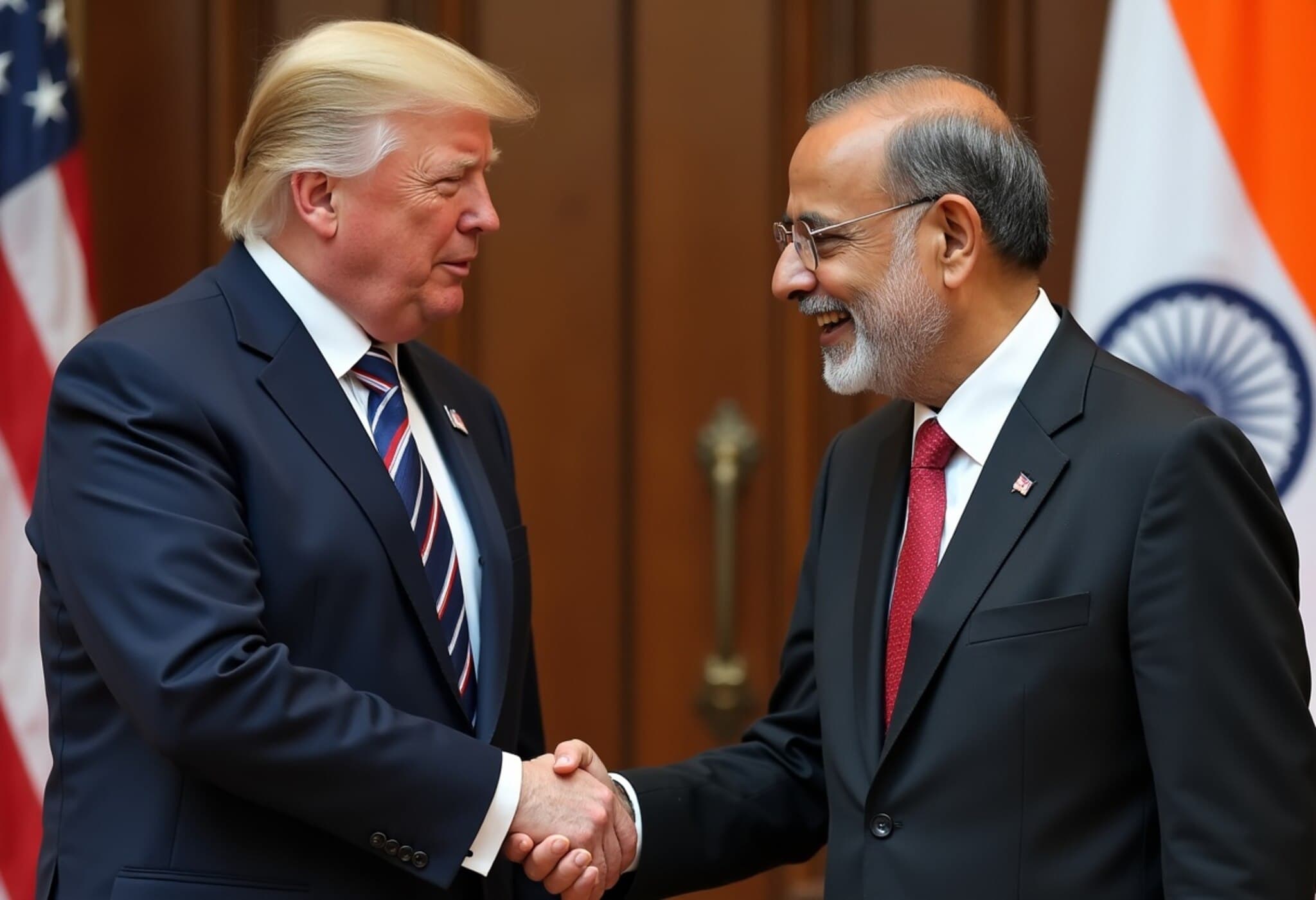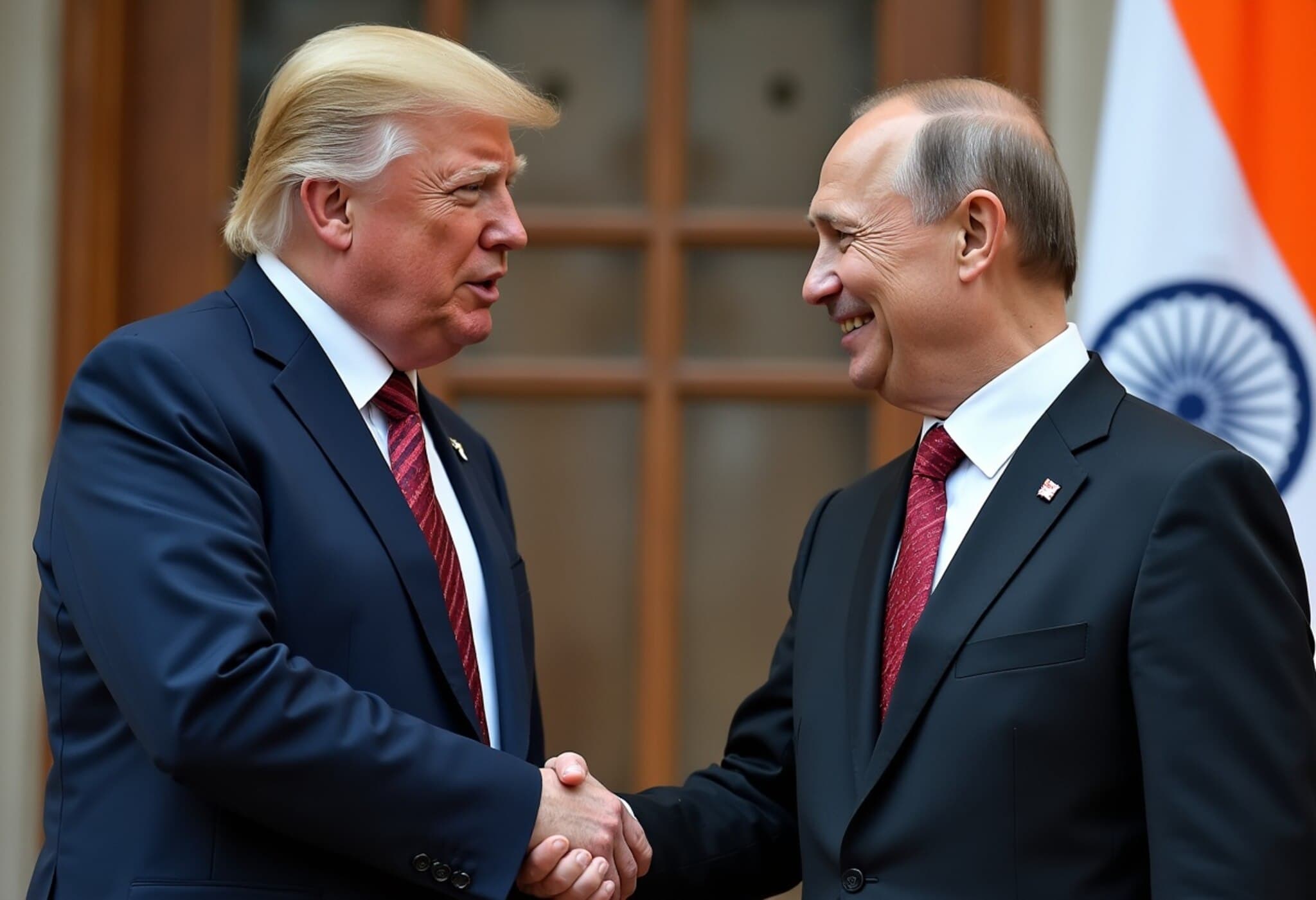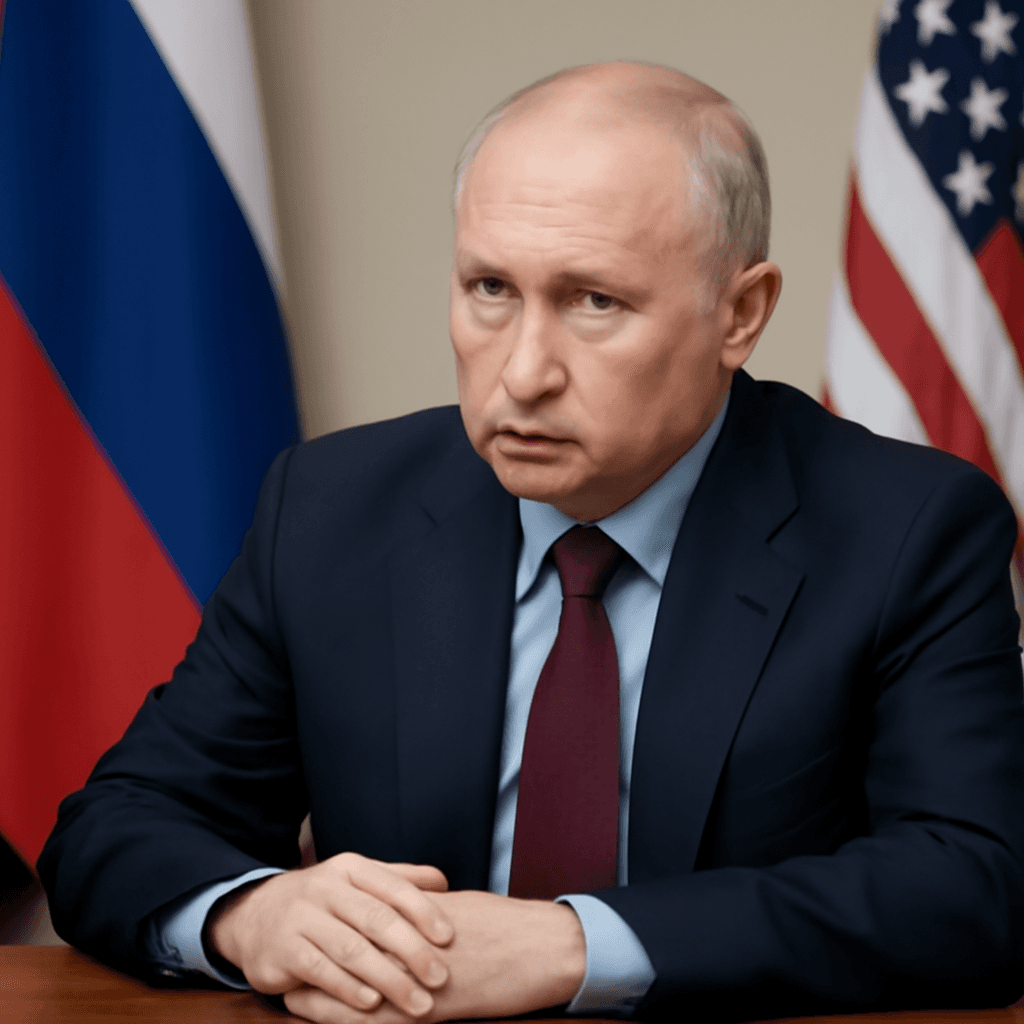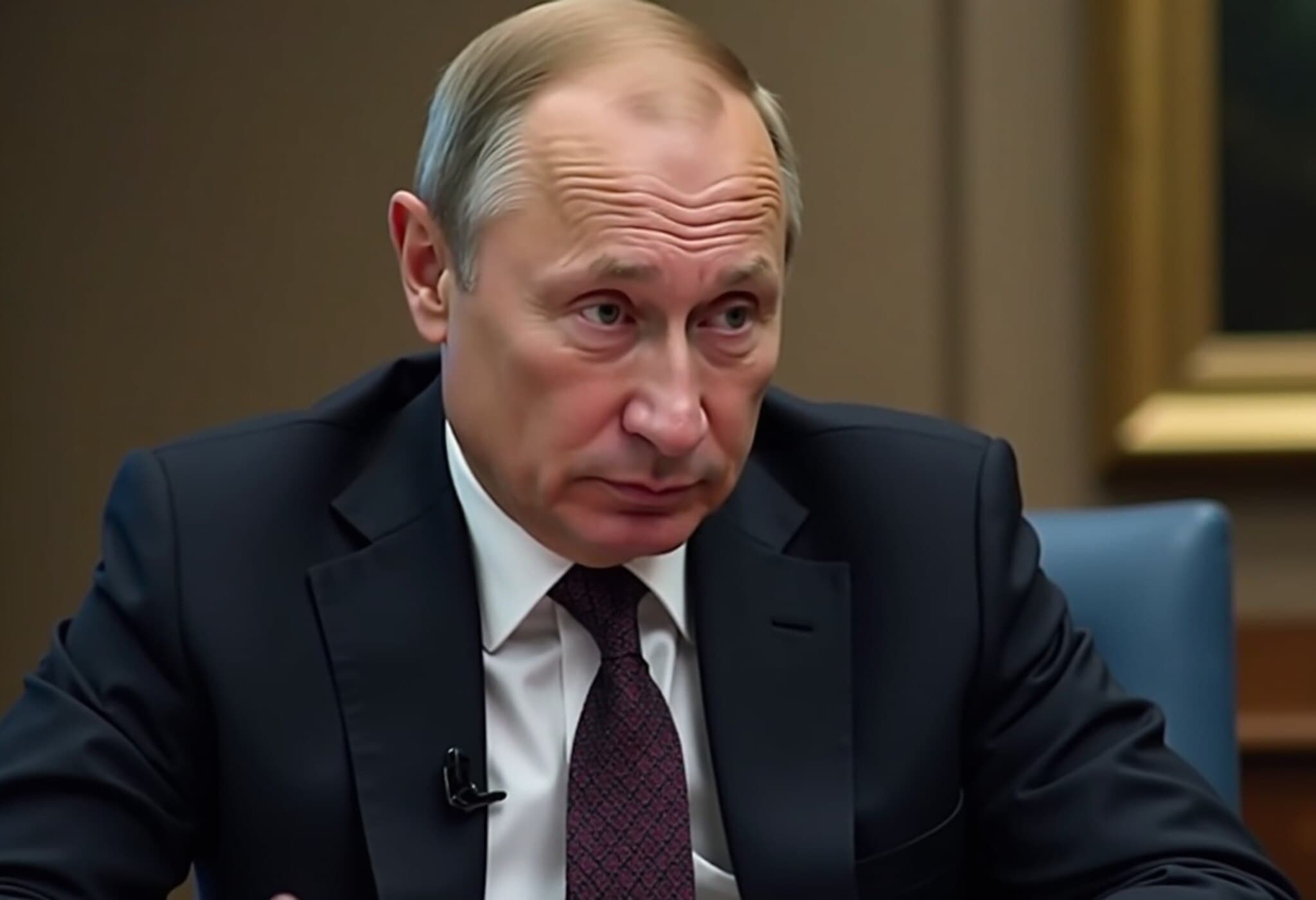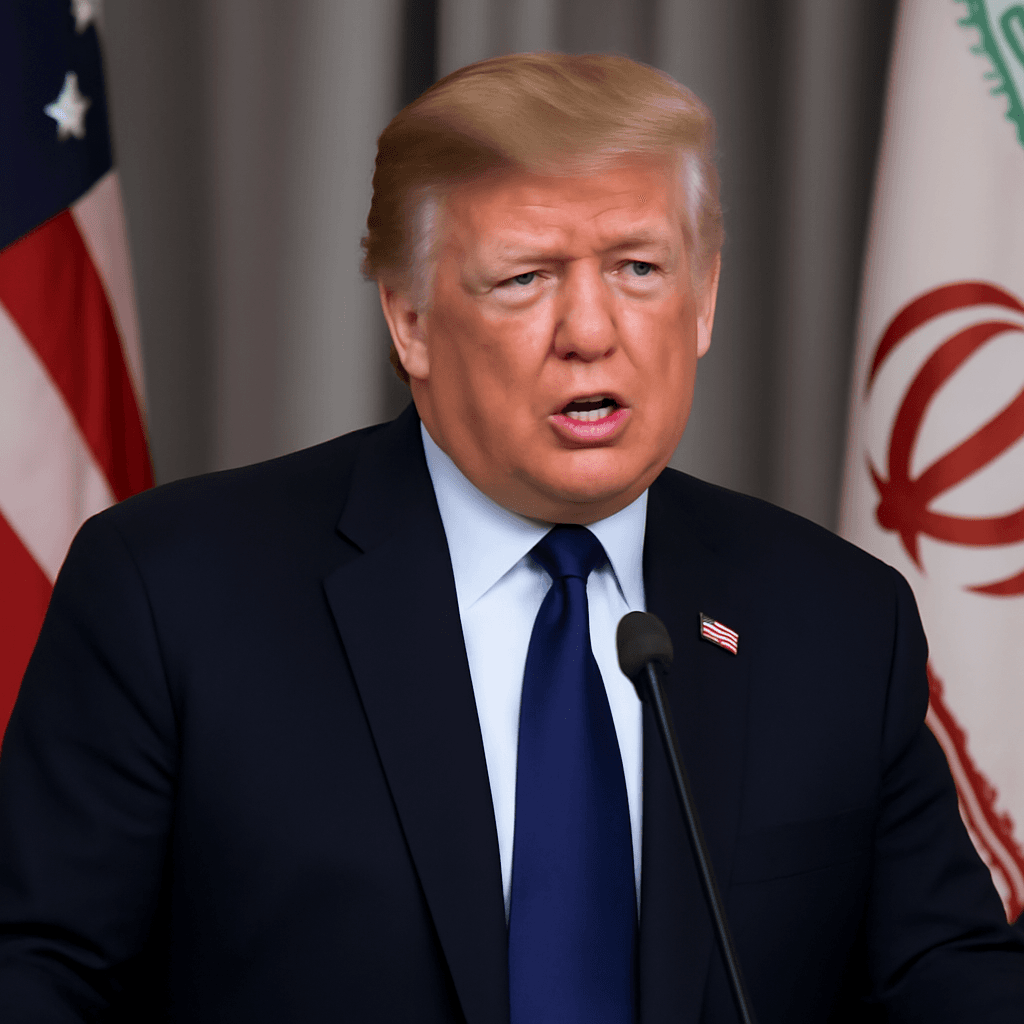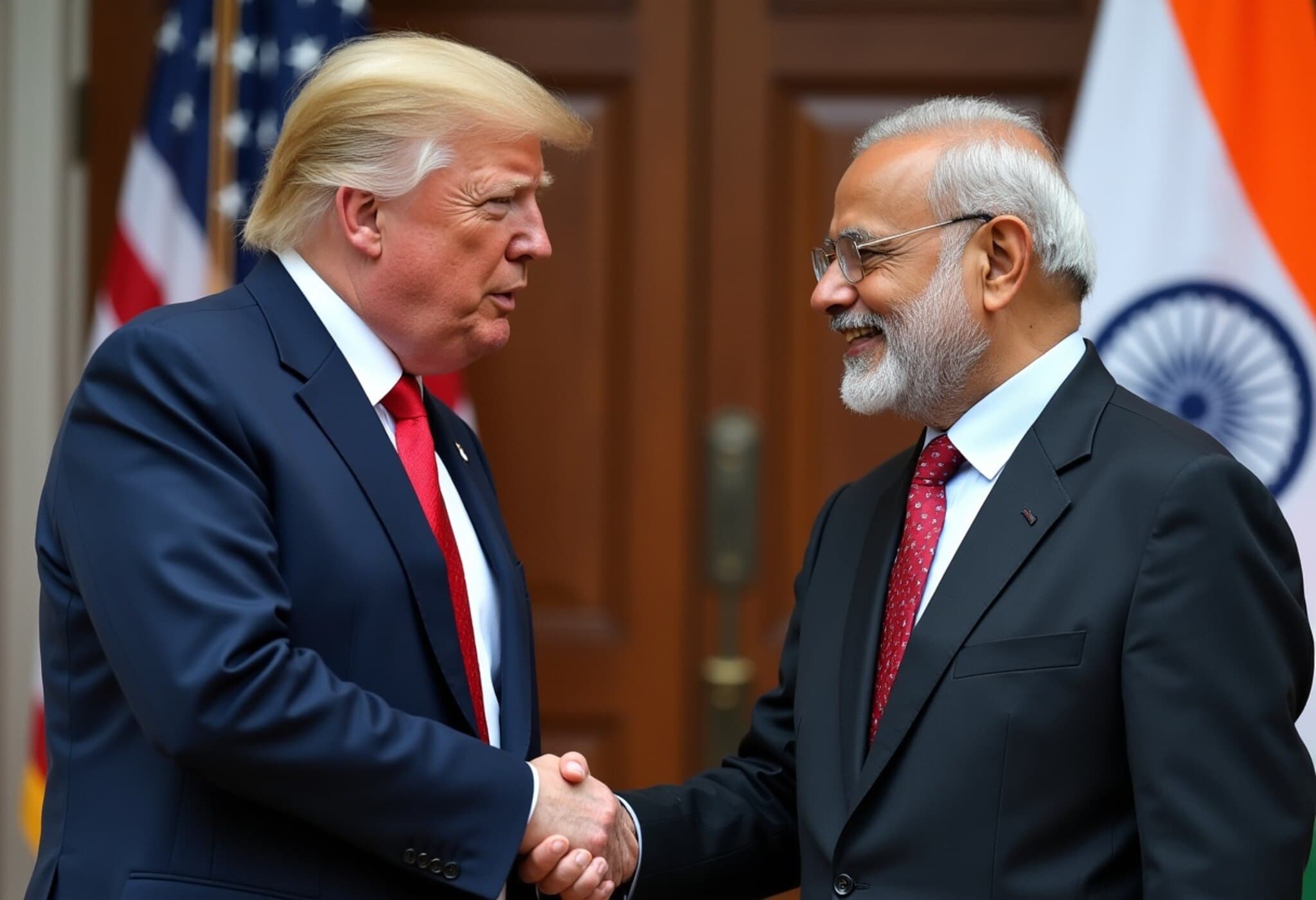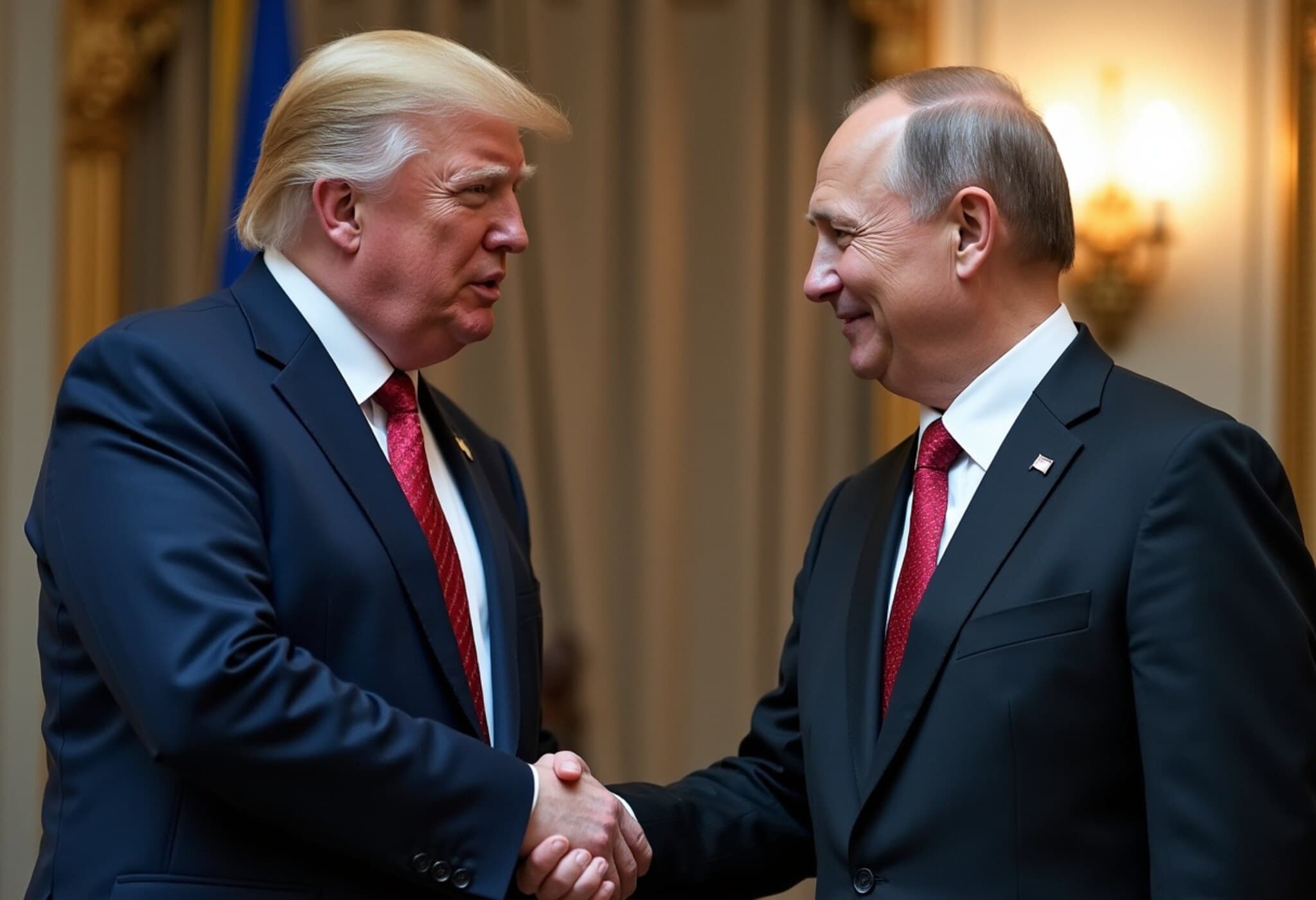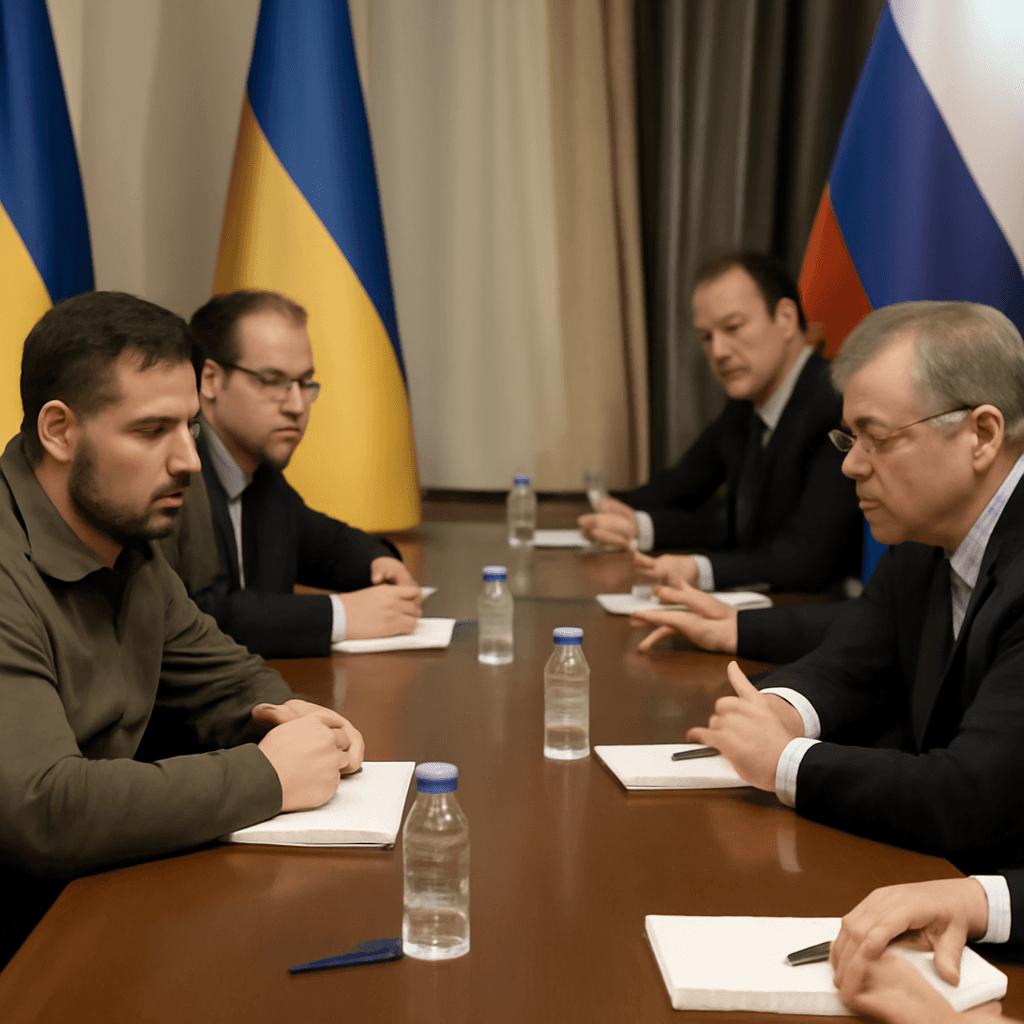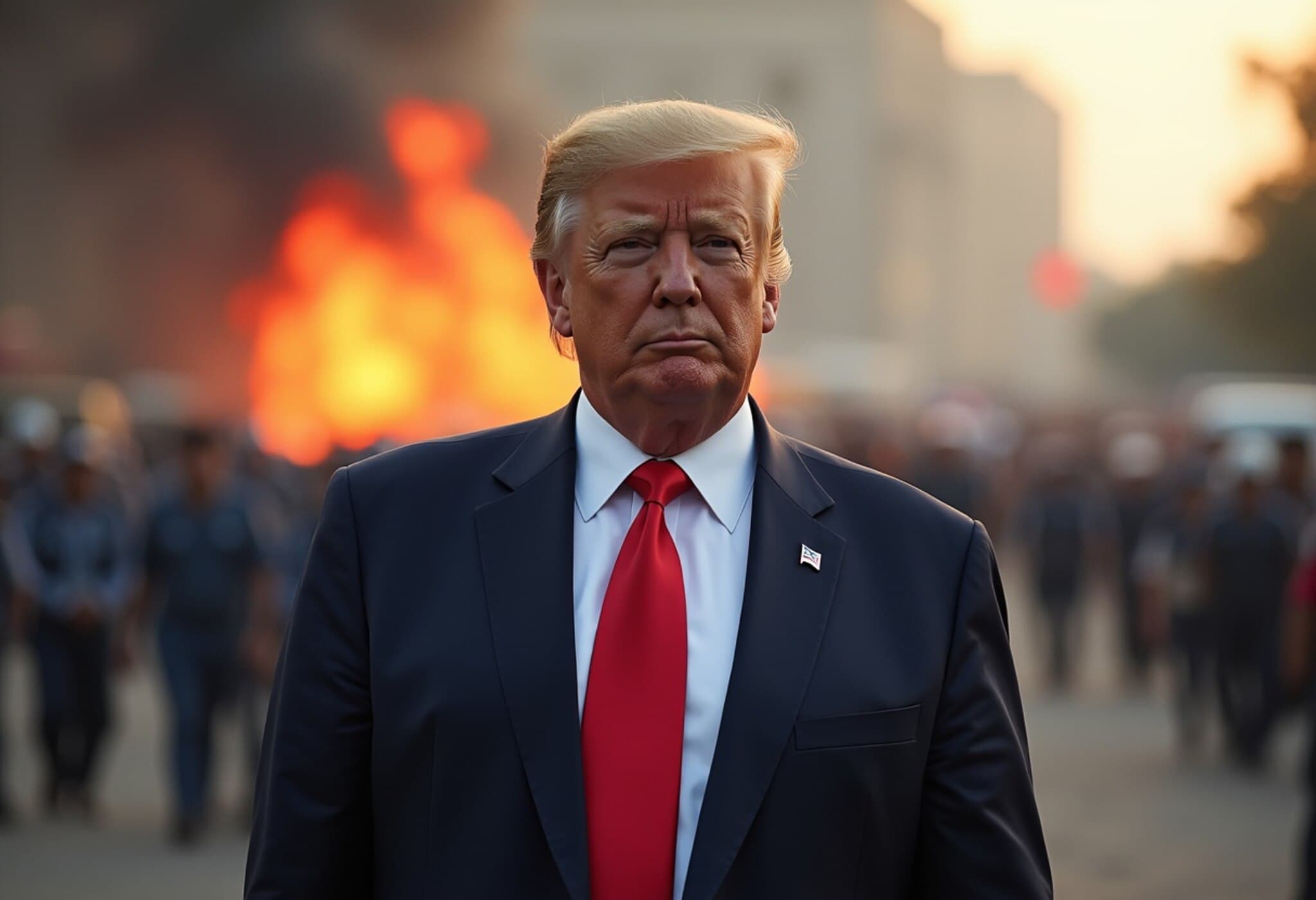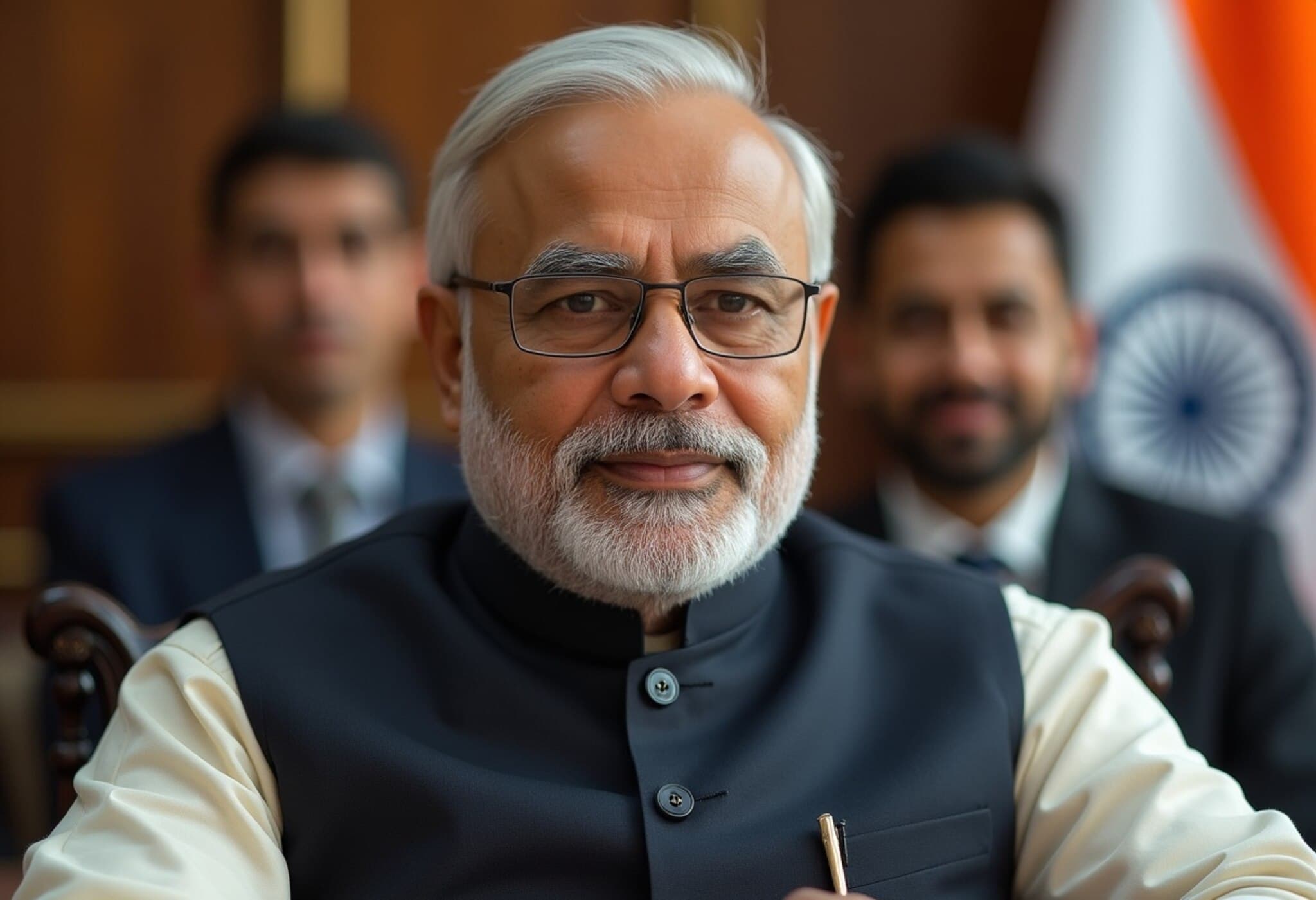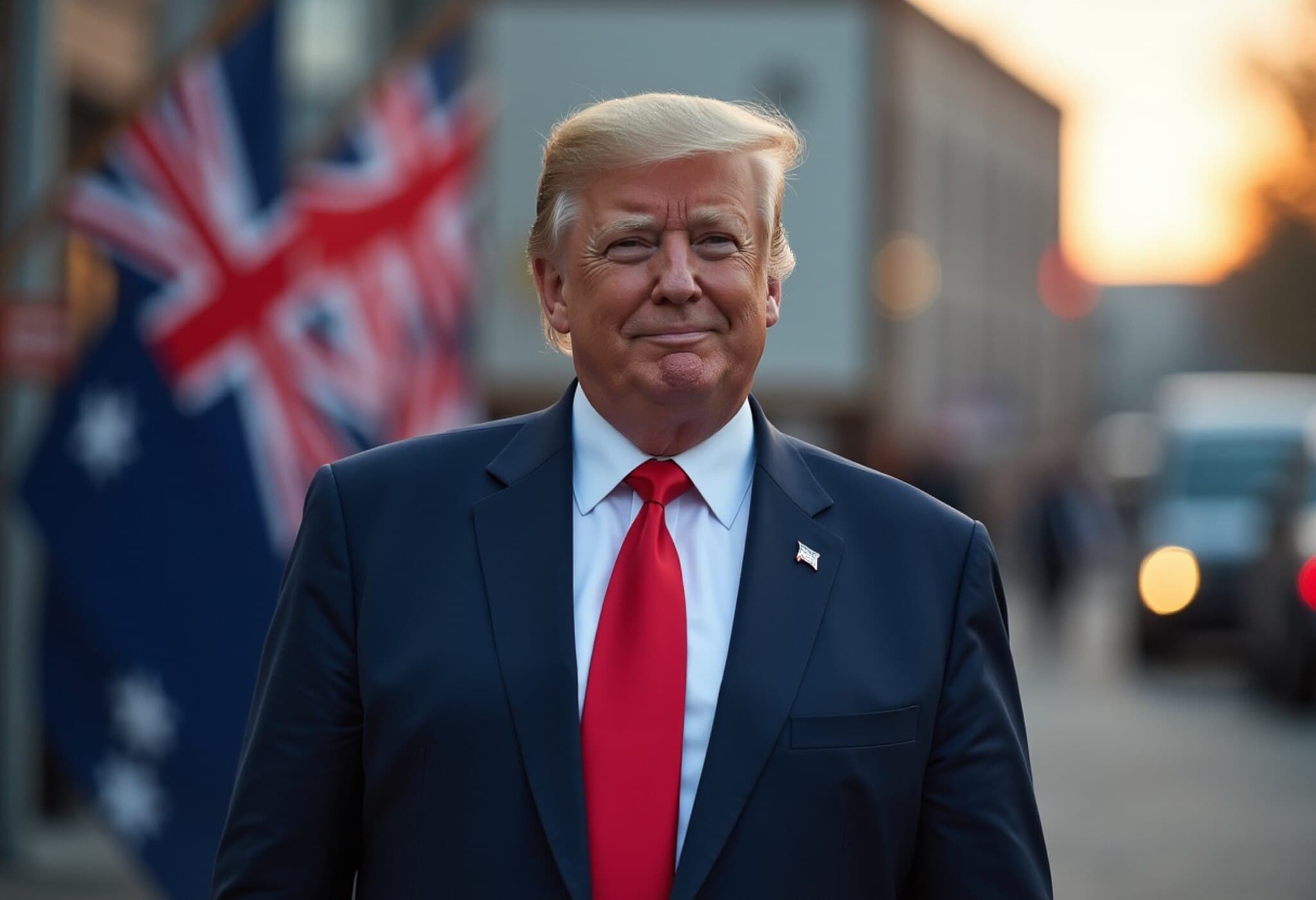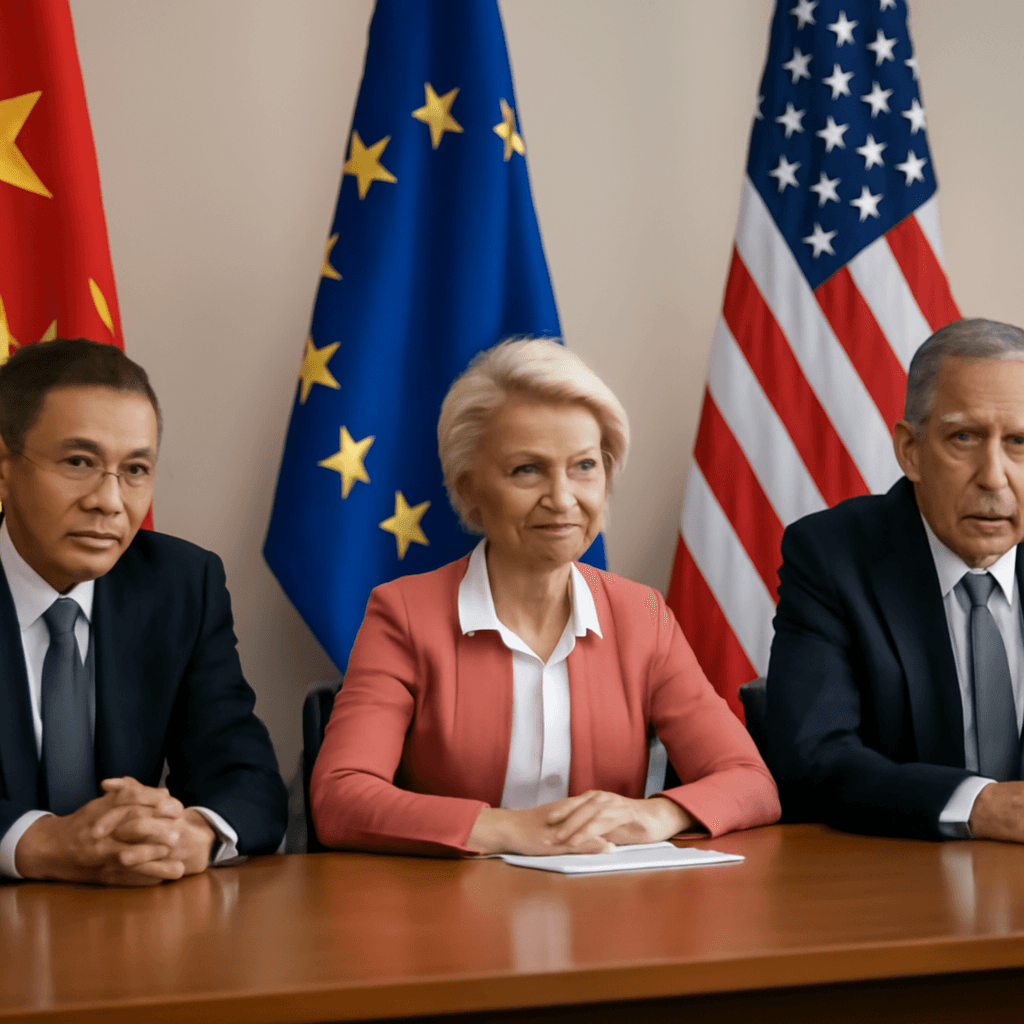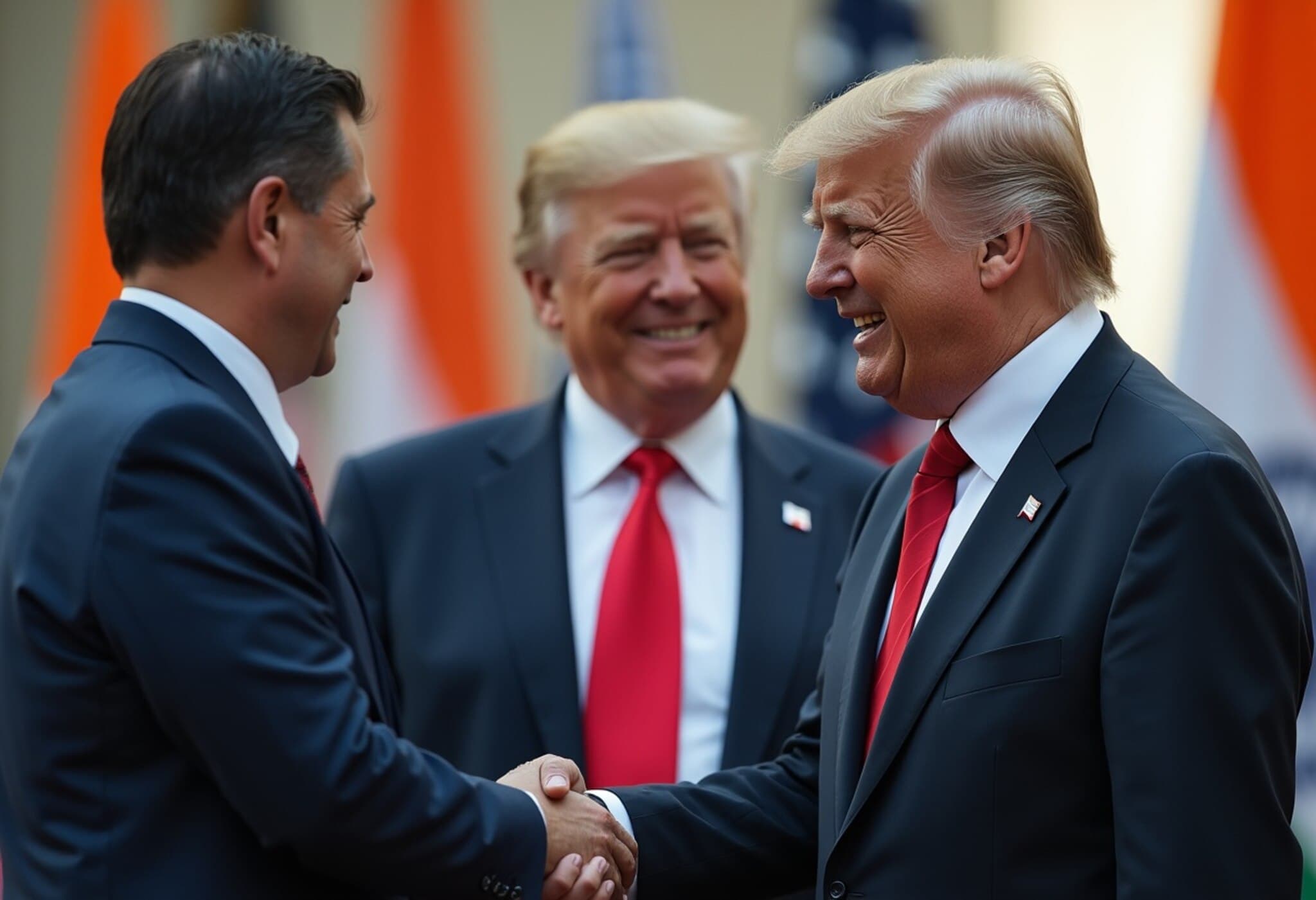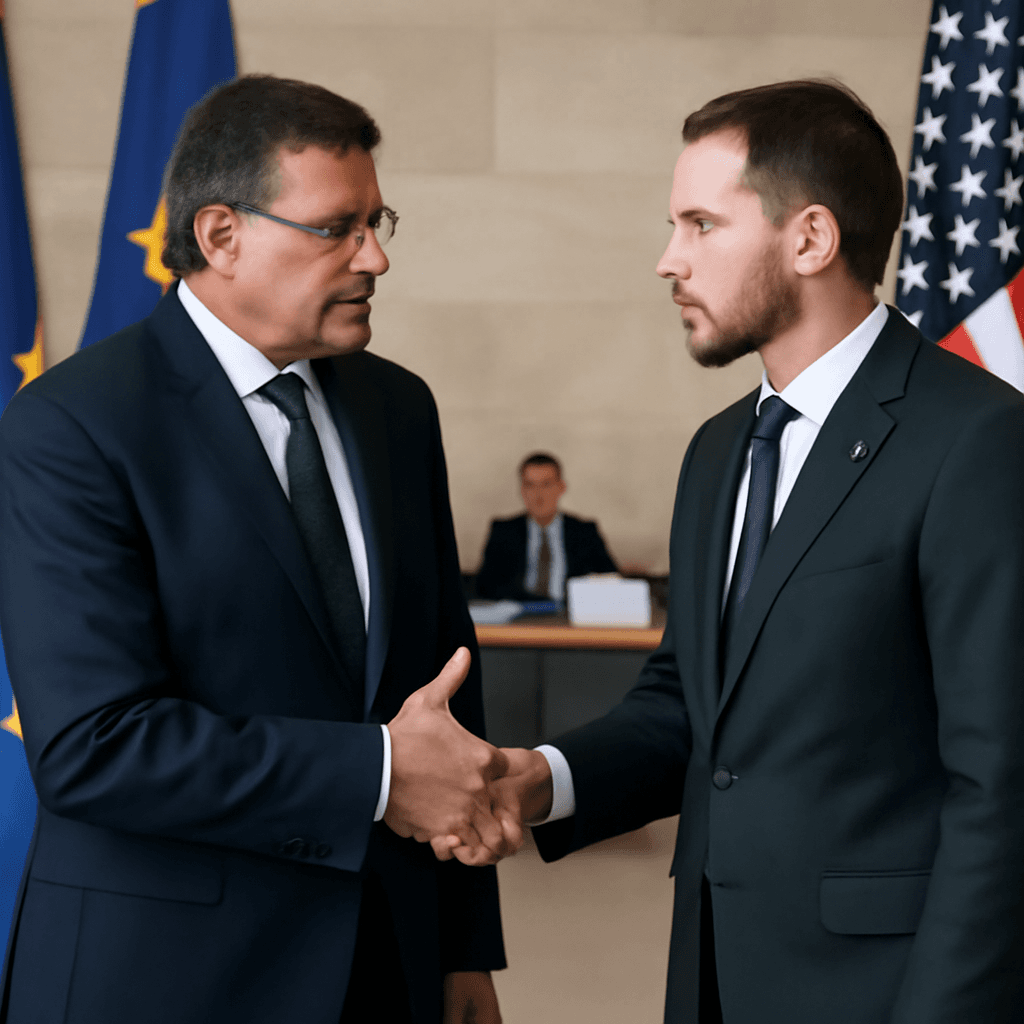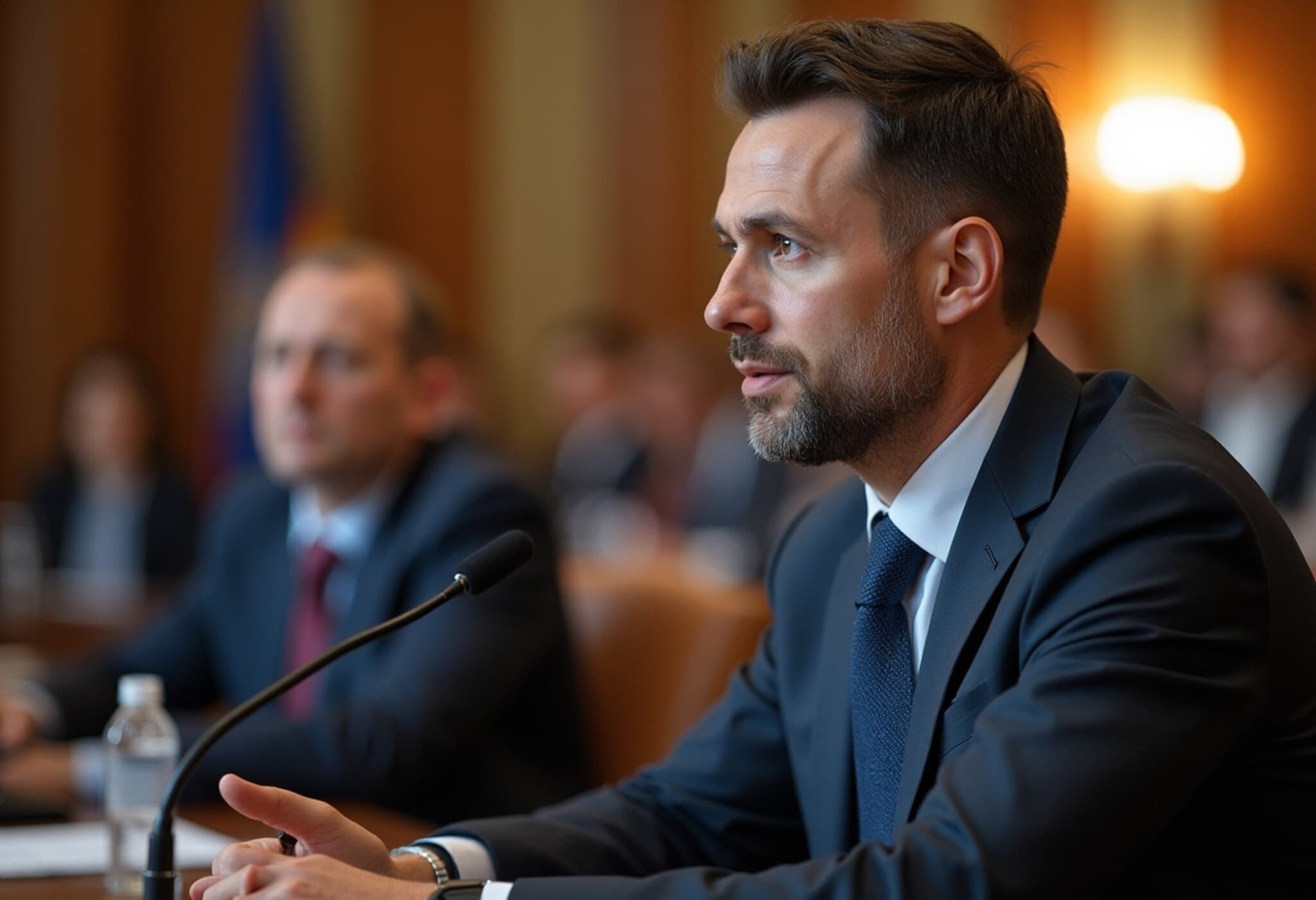India and US Convene 2+2 Dialogue Amid Mounting Trade Frictions
On August 26, 2025, even as US President Donald Trump’s tariff measures targeting Indian goods loom large, officials from India and the United States engaged in the Intersessional 2+2 Dialogue—bringing together senior officials from the Ministries of Defence and External Affairs. This virtual meeting marks another step in the ongoing strategic partnership between these two democracies, navigating complex geopolitical and economic challenges.
The Mechanics of the 2+2 Intersessional Dialogue
The dialogue featured top Indian officials Nagaraj Naidu Kakanur, Additional Secretary (Americas) at India’s Ministry of External Affairs, and Vishwesh Negi, Joint Secretary for International Cooperation at the Ministry of Defence. They met virtually with their American counterparts, including Bethany P. Morrison, Senior Bureau Official for South and Central Asian Affairs, and Jedidiah P. Royal, Acting Assistant Secretary of Defense for Indo-Pacific Security Affairs.
Established in 2018 after an understanding between Prime Minister Narendra Modi and then-President Donald Trump, this dialogue acts as a precursor to the formal 2+2 Ministerial meetings. It focuses on strategic security cooperation, defense collaboration, and broader bilateral issues, signaling a long-term commitment to a stable partnership.
Broadening the Strategic Partnership Beyond Trade
Despite the shadow cast by escalating tariffs—where the US has imposed a cumulative 50% tariff on Indian imports—the dialogue prioritized a diverse agenda:
- Exploration of a new 10-year Framework Agreement to cement the Major Defense Partnership.
- Discussion of trade and investment facilitation efforts.
- Energy security enhancements, notably through civil-nuclear cooperation.
- Collaboration on critical minerals, counterterrorism, and counternarcotics.
- Advancing defense industrial partnerships and technological exchanges under the India-US COMPACT arrangement.
This multifaceted approach underscores the resilience of the bilateral relationship, which officials described as “beneficial for the people of both nations.” Expanding cooperation in the Indo-Pacific through the Quad alliance also remains central, aiming to promote regional stability and prosperity.
Tariffs: A Complicated Backdrop
While the dialogue reflects strategic goodwill, the economic backdrop introduces a complex tension. The Trump administration’s last wave of tariffs, effective from August 28, targets India’s ongoing purchase of Russian oil and covers goods valued at an estimated $48 billion. Analysts warn these tariffs may suppress India’s GDP growth by up to 1%, with labor-intensive sectors—such as textiles, seafood, and related exports—feeling the brunt.
India has criticized the US tariffs as punitive and counterproductive to shared geopolitical interests, especially given the expanding defense and security cooperation.
Expert Analysis: Navigating Friendship Amid Economic Warfare
Experts suggest that this 2+2 dialogue, while symbolizing strong strategic ties, also serves as a diplomatic balancing act. Economic friction risks overshadowing security priorities, especially at a time when cooperation against regional threats and forging a united Indo-Pacific front are crucial.
Moreover, the dialogue’s emphasis on defense industrial cooperation signals India’s ongoing intent to diversify and deepen its military capabilities in partnership with the US, despite trade tensions. As supply chains in defense and technology become increasingly critical, the public-private cooperation frameworks discussed here could be pivotal for regional power dynamics.
Looking Forward: What Lies Ahead for India-US Relations?
While tariffs present an immediate challenge, the strategic dialogues highlight mutual recognition that bilateral ties extend beyond trade disputes. The upcoming formal 2+2 Ministerial Dialogue and the signing of new frameworks may set the stage for more robust cooperation, provided economic dialogues parallel strategic discussions.
For policymakers, the pressing question remains: how can India and the US decouple geopolitical convergence from economic disagreements to ensure a forward-moving partnership in a multipolar world?

